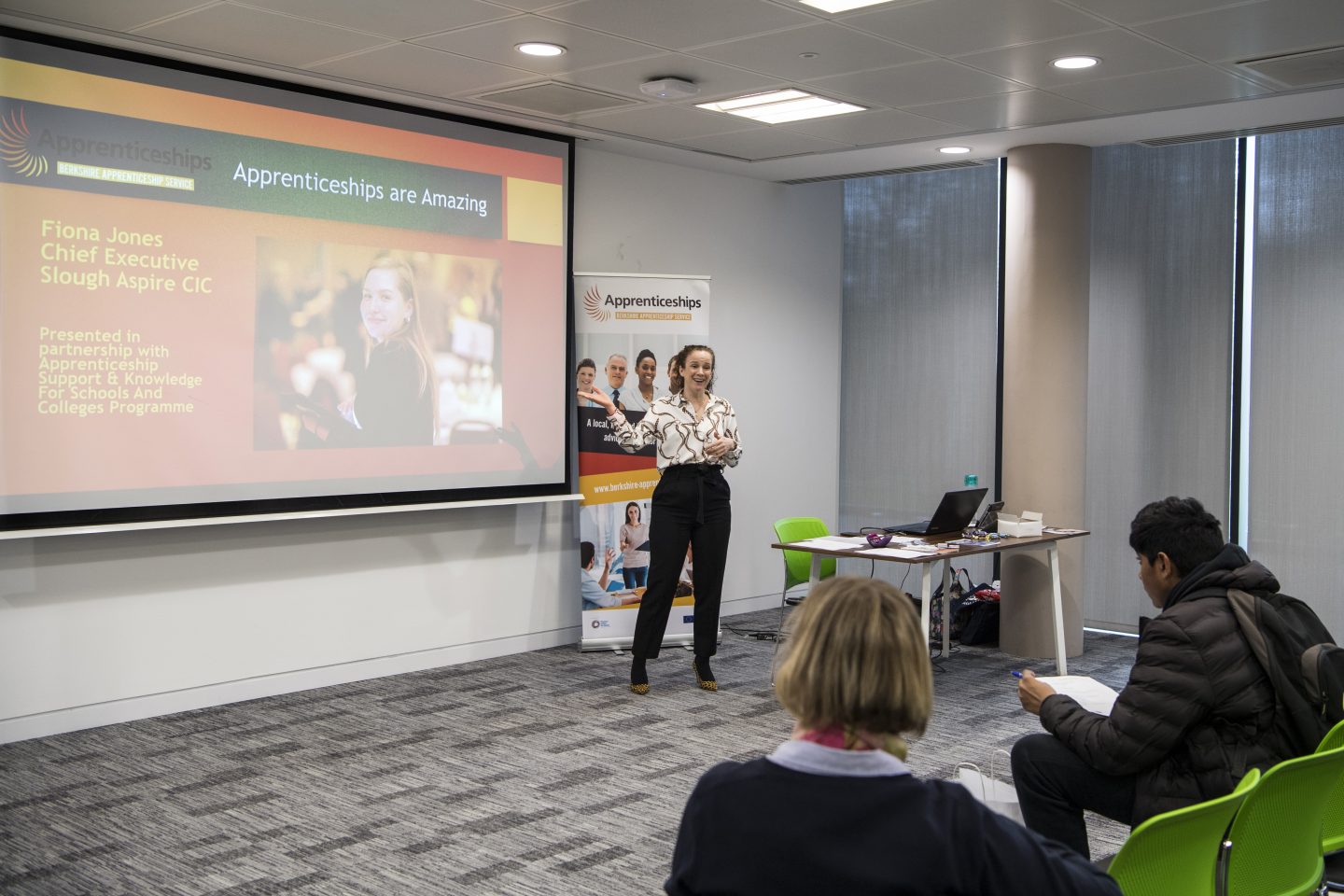Applying for an apprenticeship
So, you’ve decided an apprenticeship might be the best option for you (see apprenticeship page for more info), now you need to apply! You are applying for a job and so the recruitment process for apprenticeships is led by the employer and differs from scheme to scheme. However, there will be some common elements including:
| Process | Details | Top Tip |
| Job Description |
This is a document that details the main roles and responsibilities of the job. It will also contain information of which type of apprenticeship you will undertake. |
Read both of these carefully and you need to demonstrate what skills and experience you have that will meet these. |
| Personal Specification |
This will detail the qualifications, skills and experience that you must possess to be able to do the job |
|
| Application |
This is a specific form you complete or, you may be asked to send your CV and covering letter. Whichever one it is, use the application to demonstrate you have all the necessary elements of the personal specification |
You need to sell yourself and how your skills match the role and what experience you have.Write a new one for each job you apply for, don’t just copy and paste. |
| Shortlisting |
Your application will be looked at against certain criteria, and compared to all the other applications. The best applications will be shortlisted. |
Many employers will shortlist candidates based on how they evidence the essential requirements on a personal specification – make sure you have as much covered in your application as you can. |
| The Interview |
Shortlisted applications will be invited to an interview. You may be asked to perform a practical task or deliver a presentation as well as answer questions from the interview panel. A panel can be any number of people and usually includes the line manager.Following the interview, if you are the best candidate for the job they will contact you to offer you the job. Sometimes this will be subject to getting references. |
Dress appropriately (smartly).Research the company and be enthusiastic about them. The employer wants to know why you want to work for them.Show your commitment to the company, demonstrate that you want to progress. What will you give back if they invest in you.Practice lots of questions, get family or friends to ask random questions to see how you cope.Keep calm and collected, it is fine to ask the interviewer to repeat the question, or to write notes, and to take notes with you. |
How to improve your chances of getting an apprenticeship
Apprenticeships can be very competitive, it is not just a matter of achieving the relevant qualifications and being offered a job role. Everyone applying for an apprenticeship will have the relevant qualification, you will need make sure your application stands out by demonstrating the skills and attributes you have to fit the role.
Work experience
Employers will may want evidence of work experience, whether this is paid or unpaid. Relevant work experience in the industry you want to work in will demonstrate skills you already have in that area.
Even if not relevant to industry it demonstrates other skills that you have e.g. timekeeping, team working etc.
Employability skills
As well as qualifications and experience employers are also looking for soft skills that show that you are ‘work ready’ and can fit into a work environment. The top ten soft skills an employer is looking for are:
- Communication
- Organisation
- Problem solving
- Creative
- Independent thinking
- Time management
- Leadership
- Critical thinking
- Presentation skills
- Teamwork
Have a look at the list above – which ones do you feel confident about? Which ones do you think you may need to work on?
Top ten tips from an employer:
-
- 1. Read the job advert carefully and see how you can tailor your CV and covering letter to that company’s role.
- 2. If the advert asks for a covering letter, include one. Some companies will not progress an application if these requirements are not met.
- 3. Check your CV and letter and make sure it formats correctly, there are no spelling mistakes, and all information including emails and phone number are correct.
- 4. Make sure you have the correct company’s name in the covering letter – we sometimes get cover letters addressed to other companies!
- 5. A CV should be 2 sides of A4 and no more. It should include information about your education (and detail the subjects being studied and give predicted grades if you are still working towards them), work history, and hobbies. A covering letter is where you give more information about you and why you want to undertake an apprenticeship, why you would be a good candidate, and what you are passionate about.
- 6. Having any work experience – be it a job or work experience arranged via the school – is good. It shows independence and work ethic, and even a paper round is not to be underestimated.
- 7. Tell us what you have done – we get hundreds of applications so we need you to tell us what makes you a good candidate. If you have some experience relevant to the role, tell us about it in your cover letter so we know.
- 8. Be honest in your application.
- 9. It is ok to be nervous in your interview – in fact that shows it is important to you!
- 10. Take as much as you can from the experience of applying and being interviewed or assessed for the role. If you are not successful, ask for feedback so you can learn from this for your next interview.
Take a look at our university partner apprenticeship pages for more about advanced and higher level apprenticeships.



